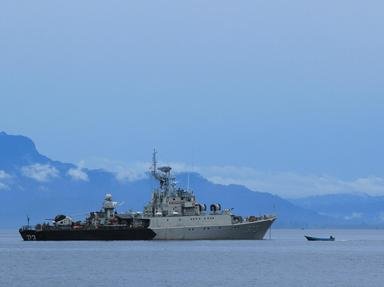Quiz Answer Key and Fun Facts
1. King Philip II and Queen Elizabeth I were related by marriage.
2. The Pope never actually helped to plan King Philip II's invasion of England in 1588, but he did give it his blessing. Who was Pope at the time?
3. One of the many things that riled King Philip about Protestant England was that Elizabeth allowed English privateers to raid Spanish ships returning to Spain with their holds full of treasure from the New World. Who was one of England's most famous privateers? He is also known for circumnavigating the globe.
4. Queen Elizabeth I knew Spain was planning an invasion. She sent Sir Francis Drake with a small fleet on a surprise raid of what Spanish port?
5. What was the "Enterprise of England"?
6. In May 1588 the Armada set sail from Lisbon. Who was in command?
7. An English fleet composed of 100 vessels and under the joint command of Sir Francis Drake and Sir Richard Glenville met the Spanish Armada in July 1588.
8. What last-minute tactic did the English use to scatter the Spanish Armada before the Duke of Parma's troops could be taken aboard?
9. As England awaited the Spanish invasion in 1588, Queen Elizabeth wrote and delivered an inspirational speech to her troops that has been cited as one of the most inspirational speeches given by a monarch. Where was the speech delivered?
10. The Royal Navy, with the considerable aid of the weather, put an end to the Spanish Armada at what battle?
Source: Author
ncterp
This quiz was reviewed by FunTrivia editor
ponycargirl before going online.
Any errors found in FunTrivia content are routinely corrected through our feedback system.
